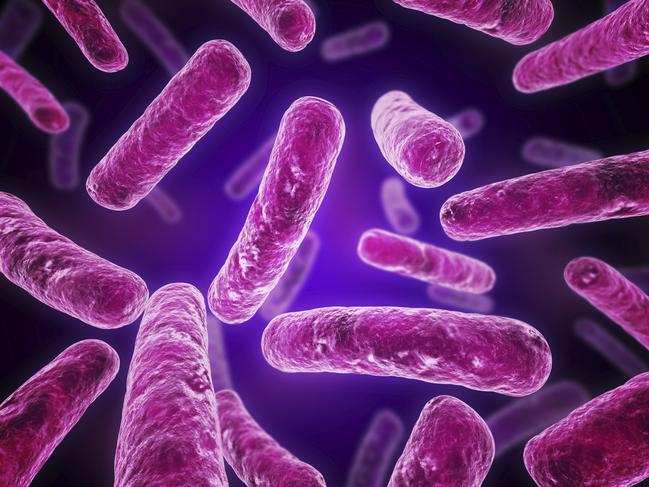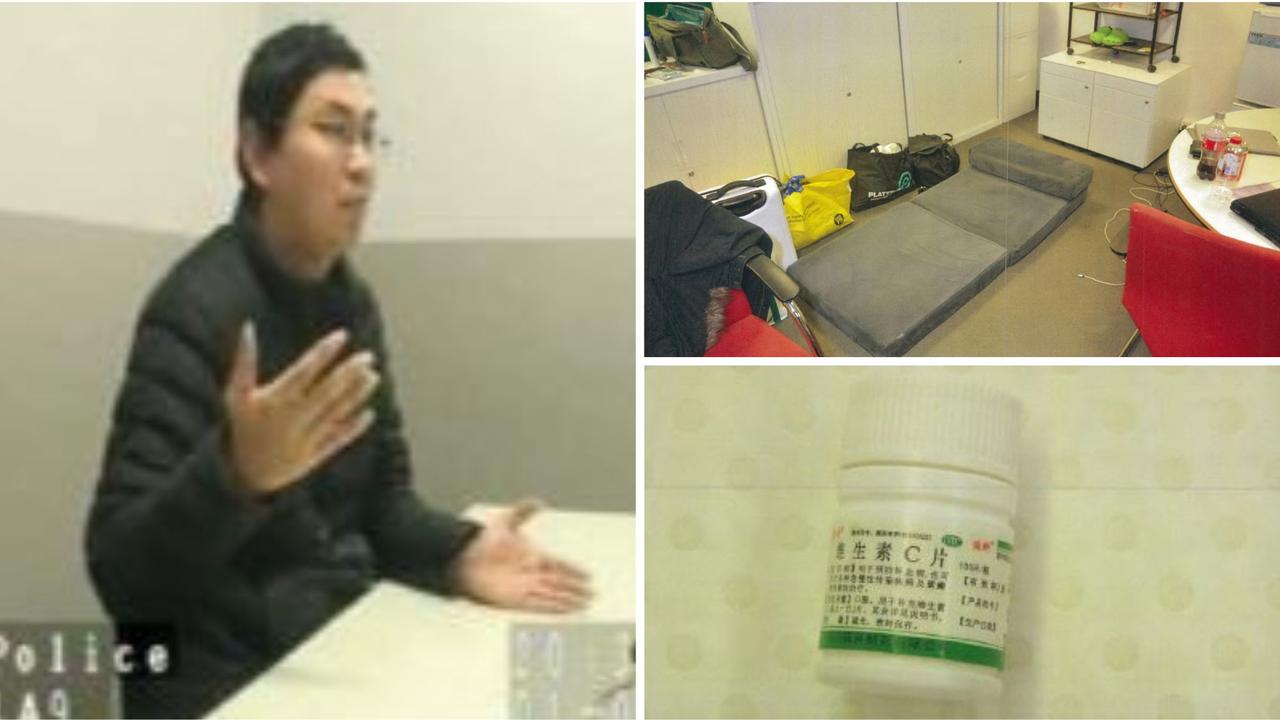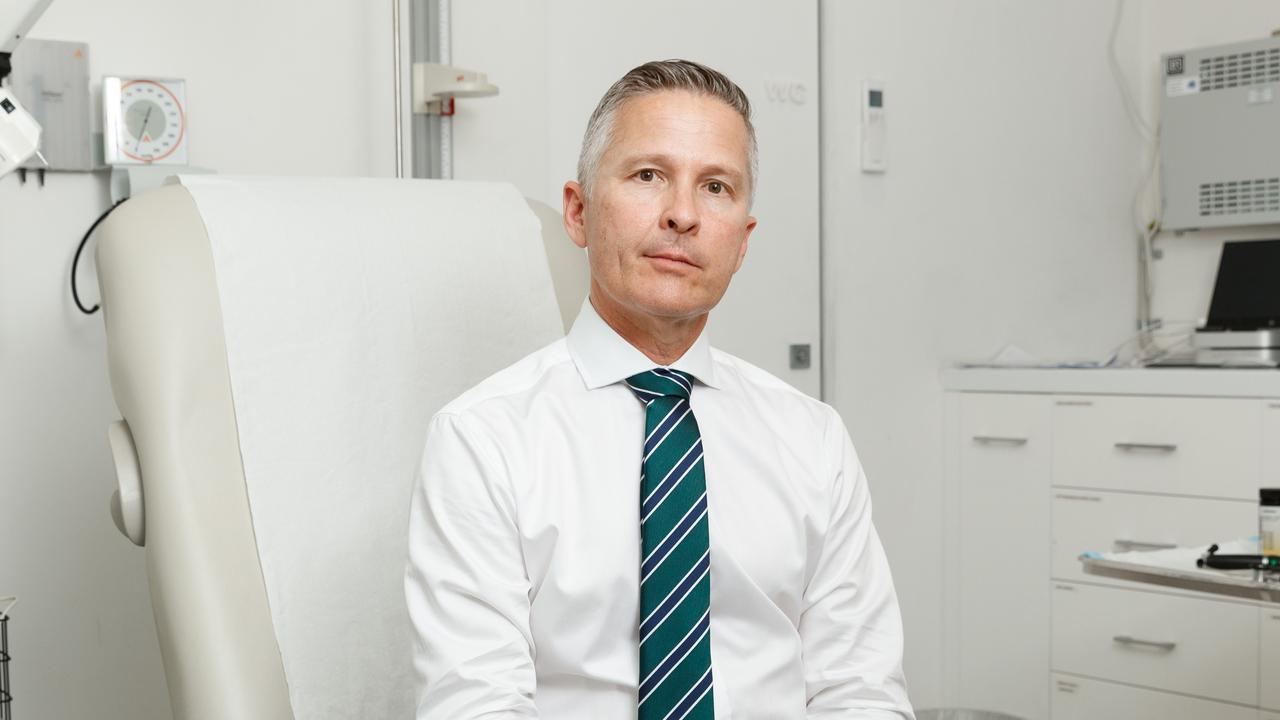Laverton North cooling tower named as probable source of Victoria’s legionnaires outbreak
A Laverton North cooling tower has been identified as the likely source of the legionnaires outbreak which has claimed the lives of two Victorians and hospitalised scores of others. This is what we know.

Victoria
Don't miss out on the headlines from Victoria. Followed categories will be added to My News.
A cooling tower in Laverton North has been identified as the probable source of the legionnaires outbreak that has claimed the lives of two Victorians and hospitalised scores of others.
“We’ve had a detection of the legionella bacteria on a sample from a cooling tower in Laverton north,” Victoria’s chief health officer Dr Clare Looker said on Monday.
“Today’s development is significant and while this is a preliminary result at this stage, I’m hopeful … that we have located the source of the outbreak.”
She would not be drawn on the exact location of the tower which returned a positive sample but said the operator was co-operating with authorities.
“We’re working closely with the operator of the cooling tower to understand the cause and they’re supporting us well with our investigation,” Dr Looker said.
Despite the worst of the outbreak appearing to be over, members of the public were warned to stay vigilant for symptoms.

A man in his 60s and a woman in her 90s died after contracting legionnaires as a result of the outbreak — Victoria’s worst in two decades.
A total of 75 patients were also hospitalised.
“Recent weather patterns could explain the wider than usual dispersal of cases in this outbreak,” Dr Looker said.
“That’s why we’re urging people with symptoms to seek medical advice immediately, especially if they’ve been in metropolitan Melbourne while they’ve been unwell.”
There did not appear to be any causal link between the Derrimut factory fire and the legionnaires outbreak, Dr Looker confirmed.
She said the tower in question had been tested on July 30 and disinfected within 24 hours of that visit, giving health authorities confidence they had now contained the outbreak.
“This is a direct result of our rapid investigation which saw the likely source located, tested, disinfected within a matter of days,” Dr Looker said.

“I again want to thank our epidemiologists, our public health teams, our local public health units and our regulatory teams for their tremendous and intense work over this past week.”
The risk to the public appeared to have dissipated, with no further confirmed cases announced on Monday, she said in an update.
“As of 9.15 this morning, a total of 77 confirmed cases and nine suspected cases have been linked to this outbreak,” Dr Looker said.
“I’m confident that we have now passed the peak of the cases associated with this outbreak.”

Reported cases of legionnaires’ disease have not been as high since the deadly Melbourne Aquarium outbreak that infected at least 125 people and killed four in 2000.
The disease – caused by breathing in legionella bacteria – is typically linked to a contaminated water source such as a cooling tower.
Hudson Institute of Medical Research director Elizabeth Hartland said the fact 59 of the 60 confirmed cases were, or had been, in hospital was unusual.
“That suggests … they’ve either had a very large dose of the bacteria, so something is heavily contaminated, or there’s something inherently more virulent about this particular strain of legionella,” she said.
“It is a very significant outbreak for Australia, with these numbers of people,” Dr Hartland said.
And it was it was unusual to have an outbreak at this time of year when airconditioning systems – a common place for the bacteria to grow and spread – were barely used.
Dr Looker on Friday said testing was ongoing – with more than 100 towers are in the “broader” case area – but it had started with the “highest priority” locations.

It would be unusual for more than one tower to be contaminated.
Authorities say most people were exposed between July 5 and 20, and began showing symptoms on or after July 15.
The Herald Sun understands an initial line of inquiry was last month’s Derrimut factory fire.
Dr Looker said tracing this outbreak had been made more difficult by the cases’ geographical spread.
“Most commonly we consider the area of highest risk to be the 500m around the cooling tower,” she said. “But we do know when conditions are right, it can be much further.

“We are undertaking detailed analysis including understanding weather patterns that may have explained the wide geographical distribution of cases,” she said.
“It’s been a particularly cold July. There were certain patterns, thermal inversion, which can cause air to spread much further distances at a lower level.”
They were also investigating “particularly windy periods” in recent weeks.



